All Elementor Widgets come with a pre-made design. The design is pretty basic, but functional.
The good thing is, though, that you don’t need to start styling the element from scratch. Tweaking some things here and there is often enough to achieve the custom design you want.
So, let’s see how you can customize the Elementor widgets.
Dropping an element on the canvas or clicking on the element will display the settings in the sidebar.
Each widget has three tabs: Content, Style, and Advanced.
In the Content tab, you can fill your widget with content – text, images, icons, videos, …
Style allows you to change the look of the widget. You can change things like font type, font size, line-height, letter spacing, color, image size, border, etc.
In the three screenshots below, you see how many editing options you have for the Text Widget alone. Elementor is the only free page builder that gives you this much control over your typography. Pretty amazing.


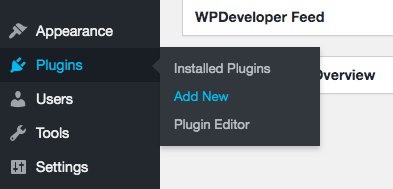


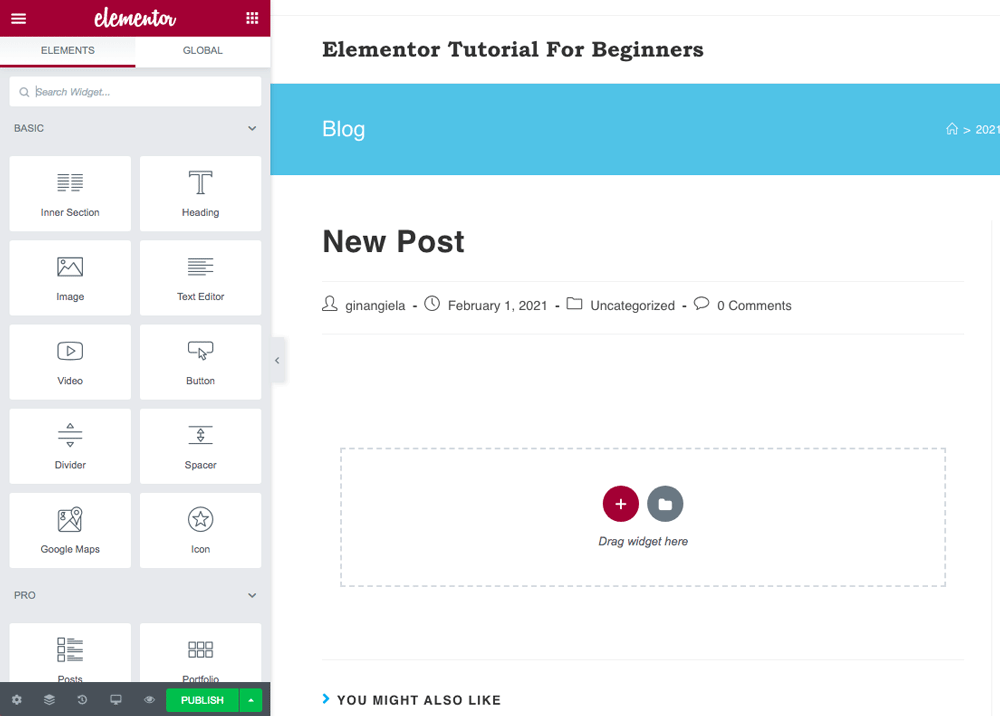
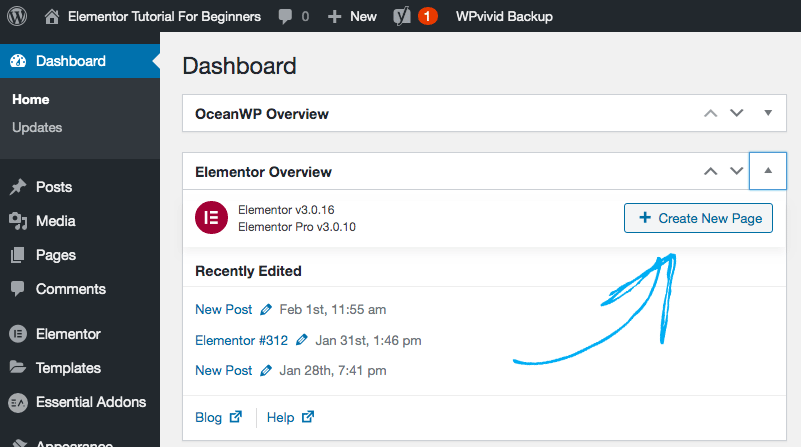
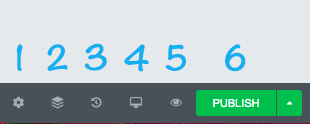
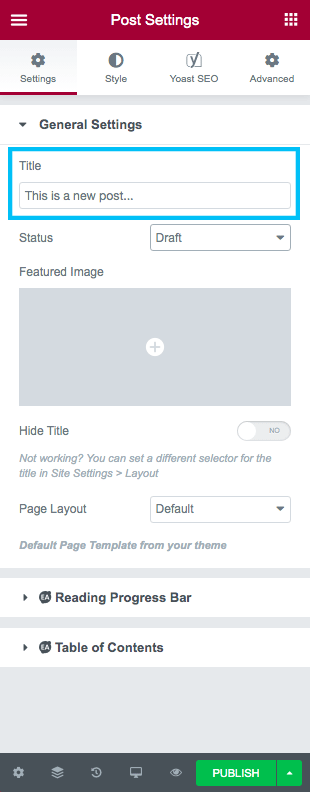
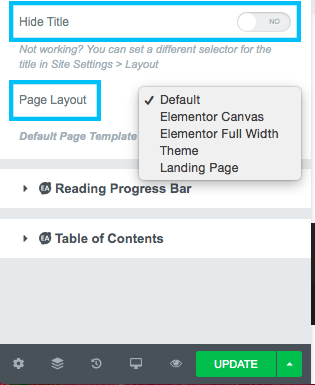
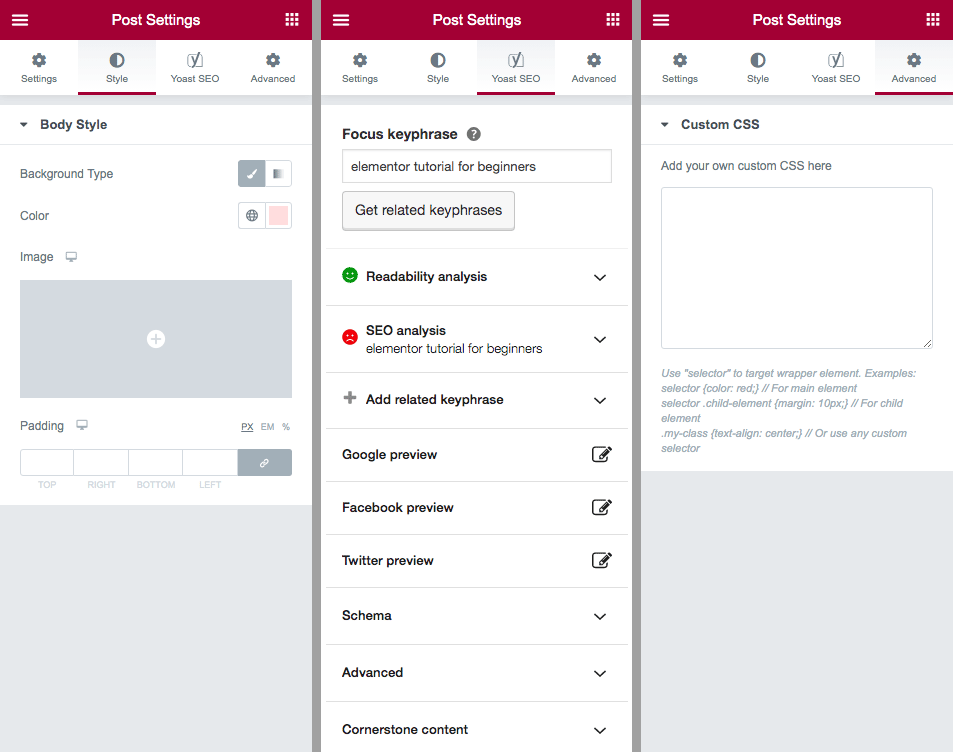
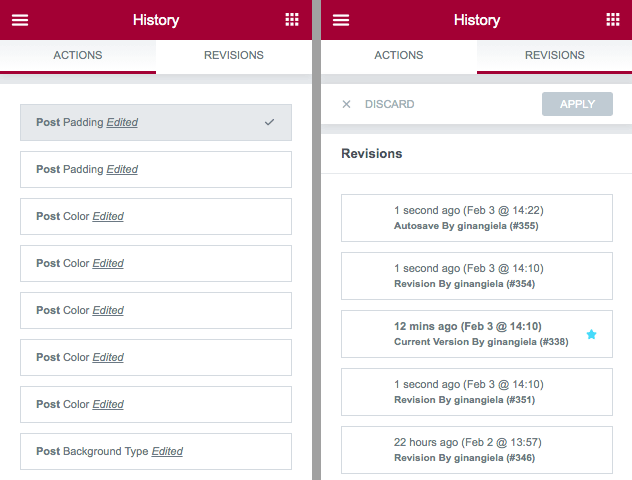

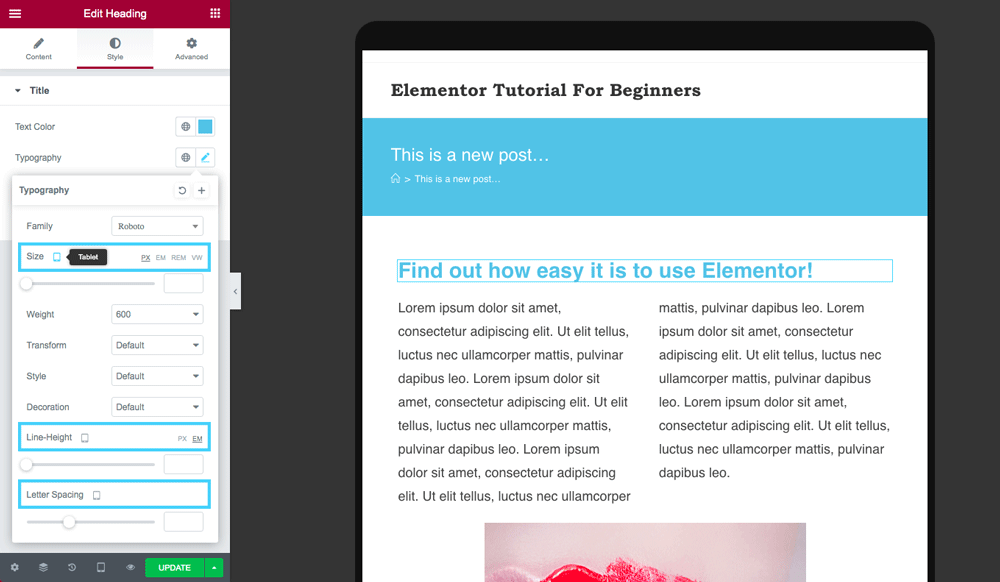
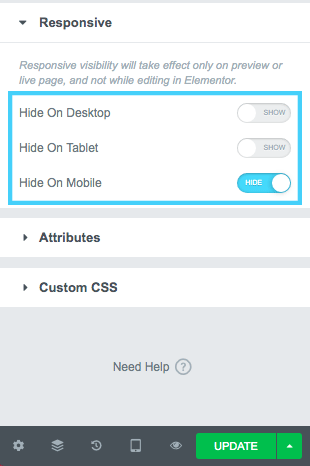
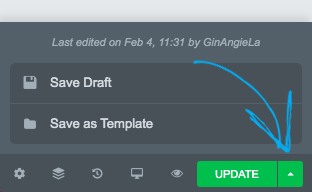

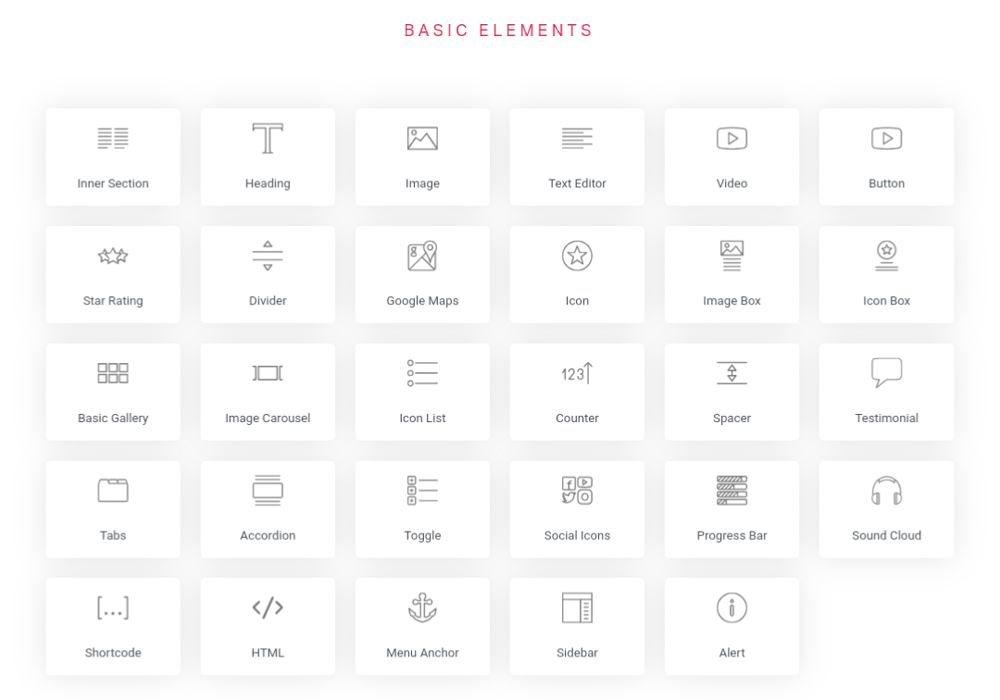

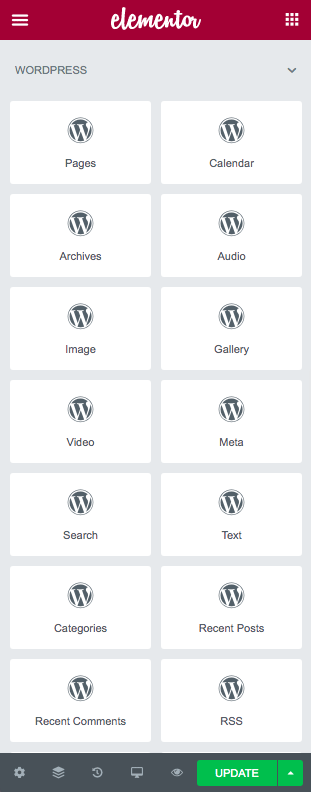
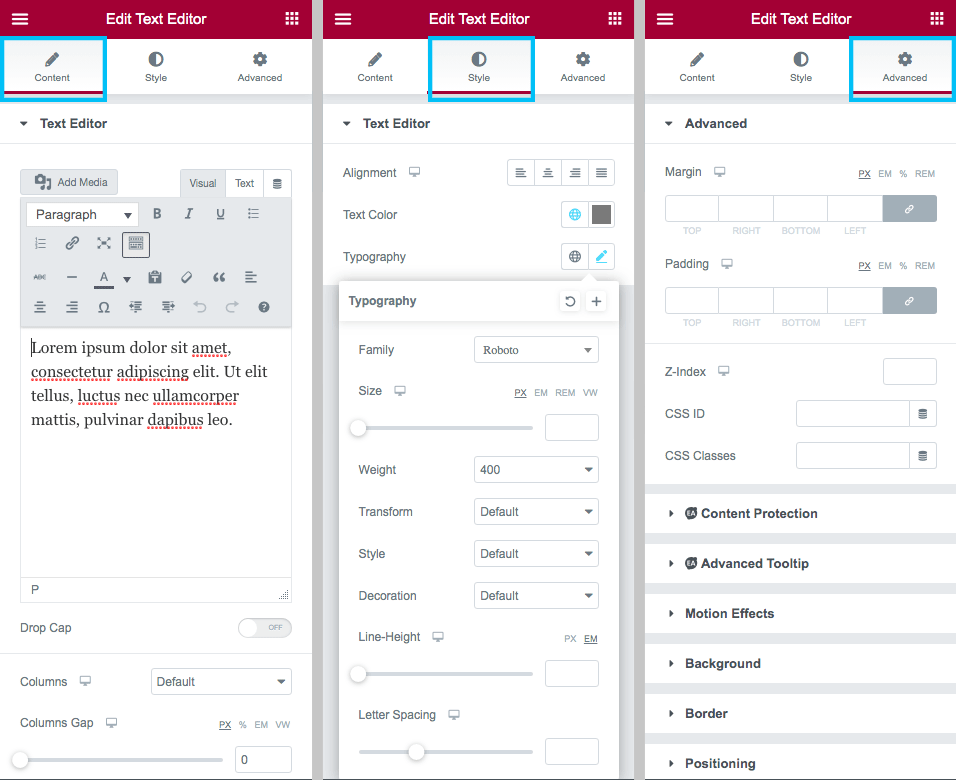

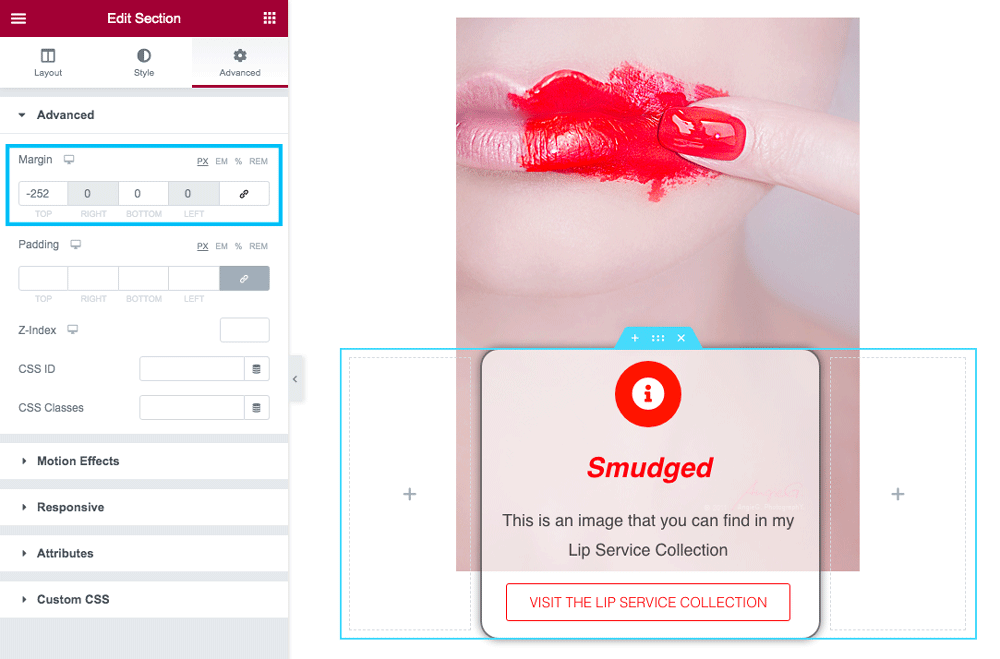
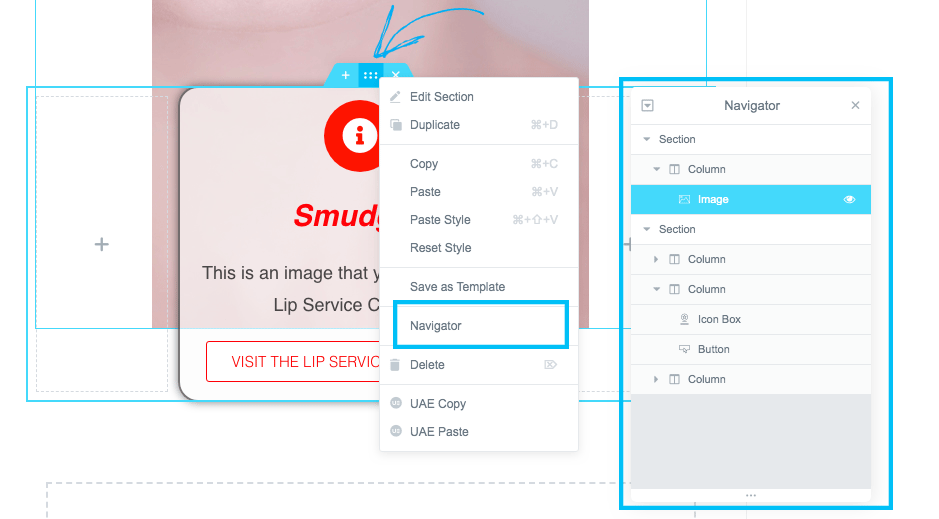
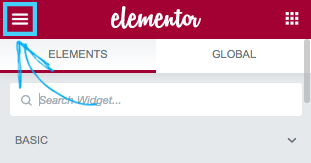
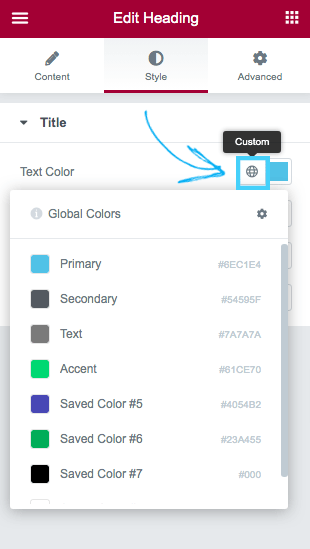

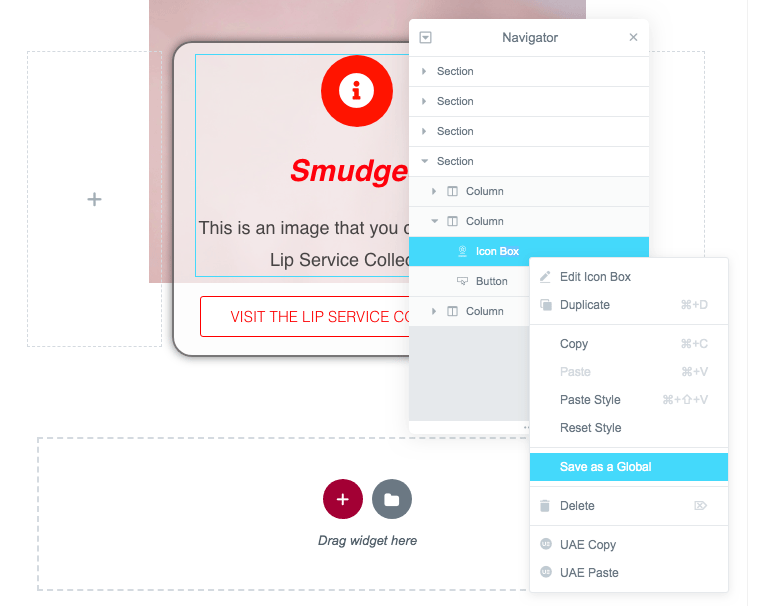
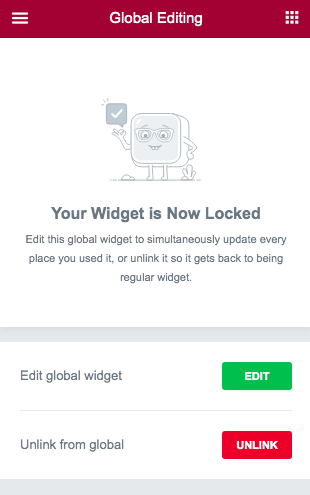

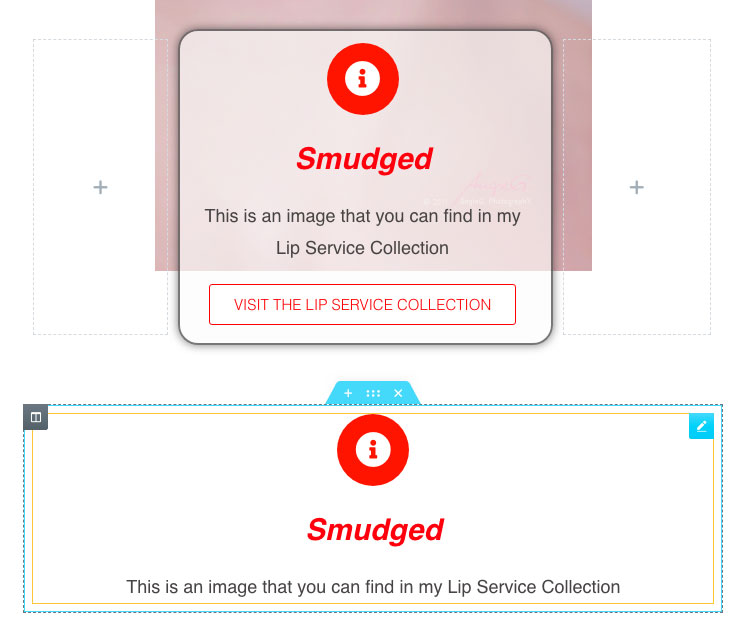
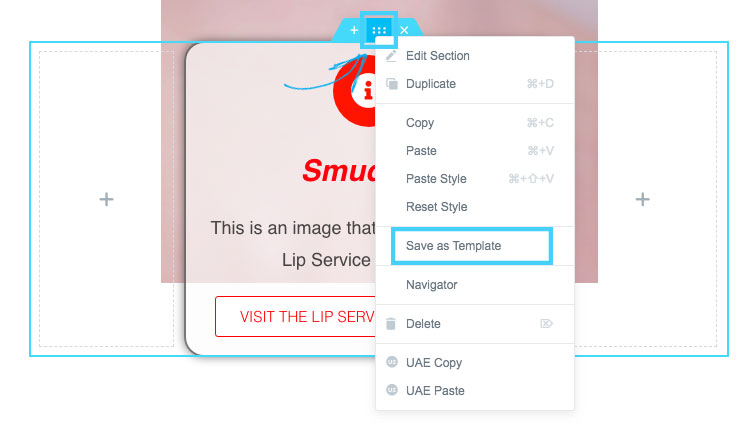


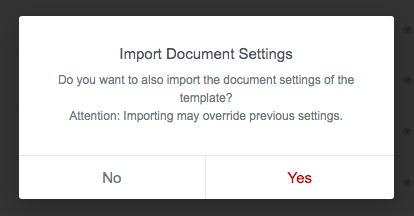

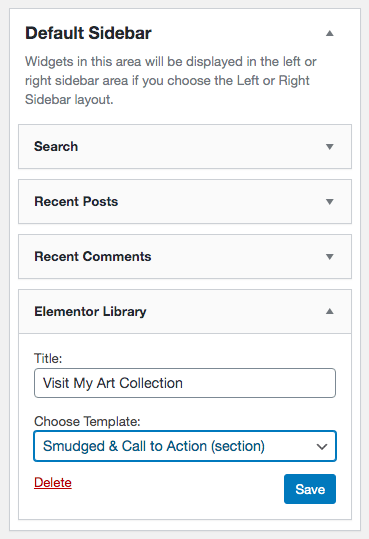
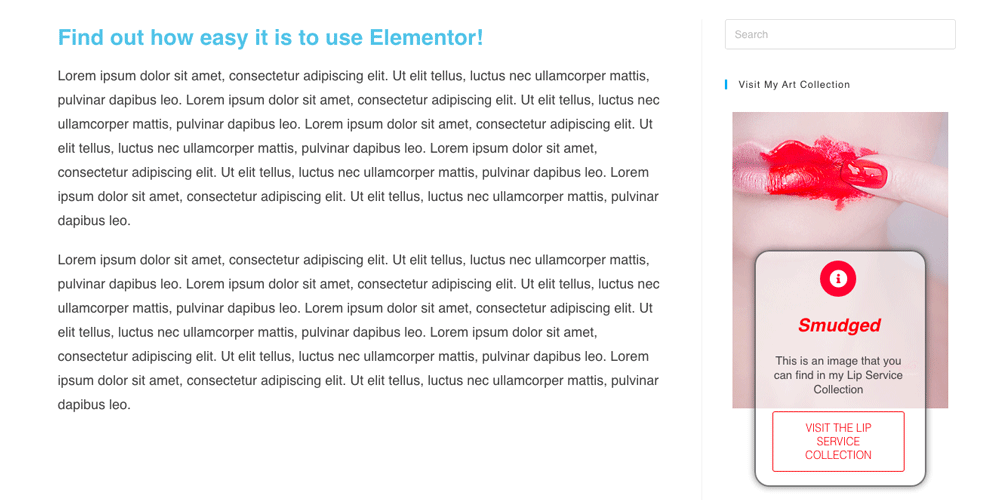
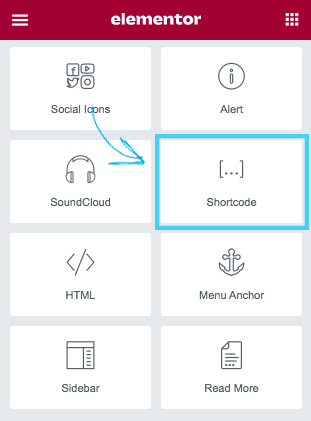
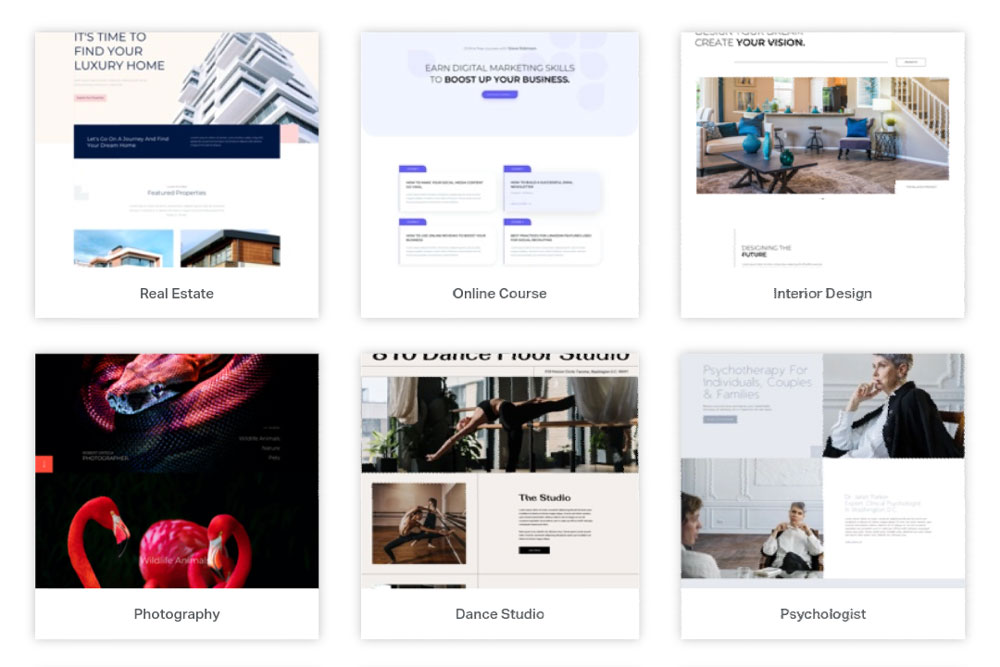
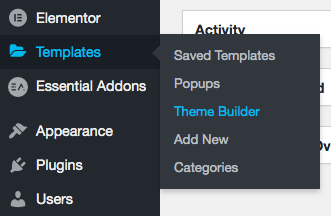
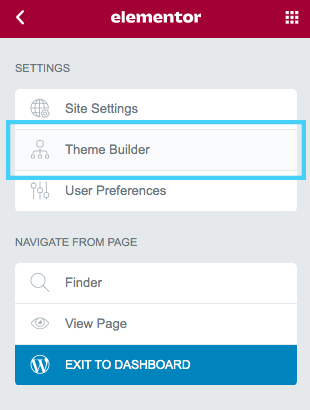
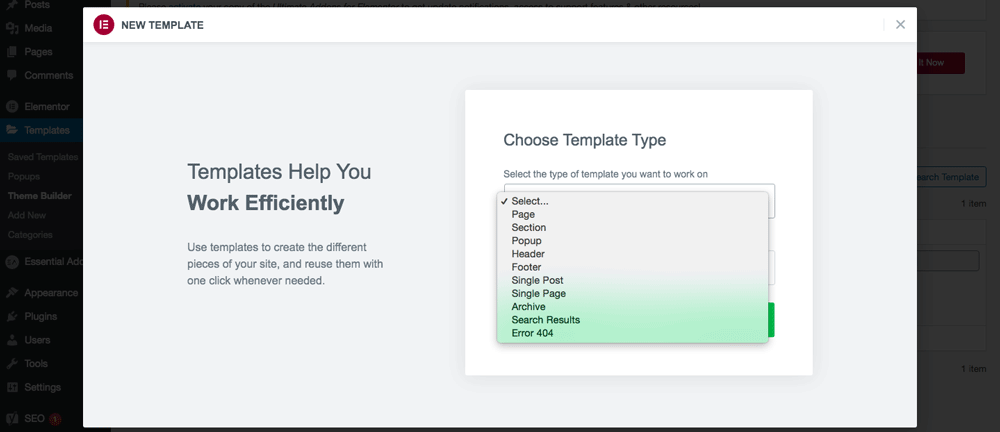
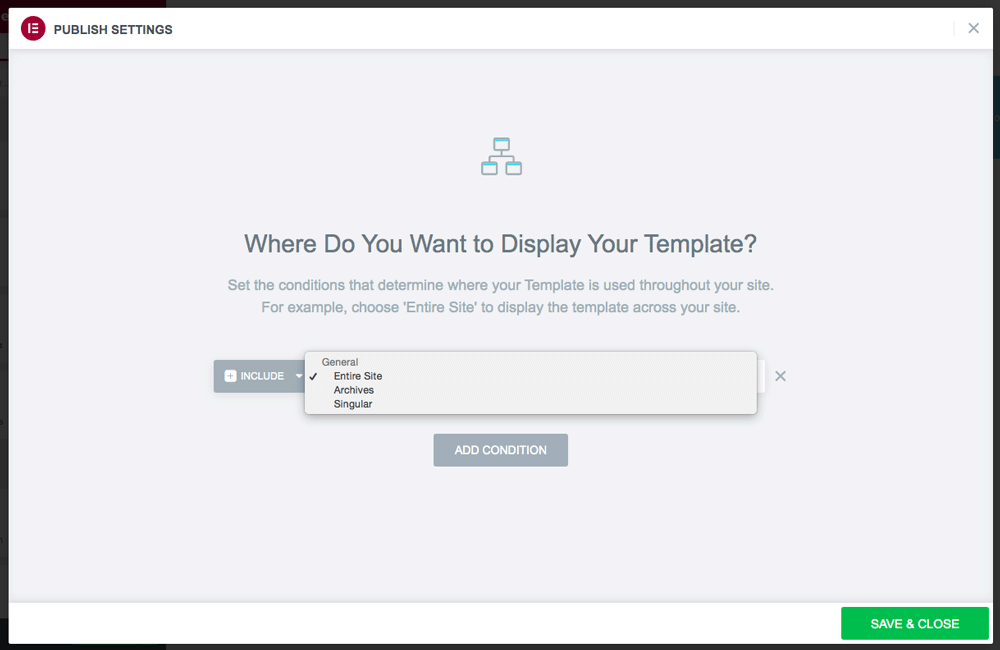
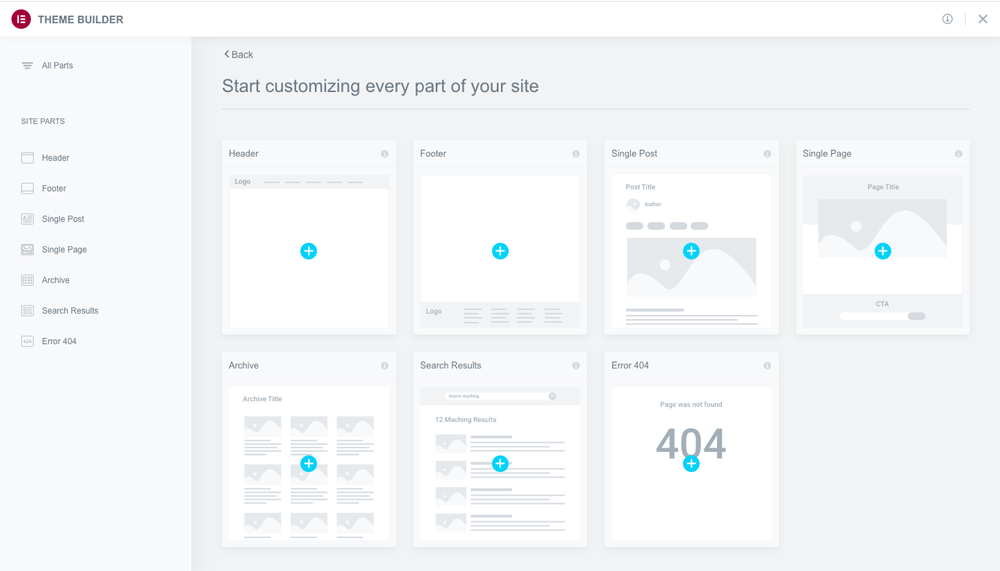
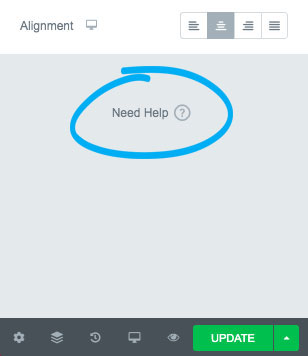
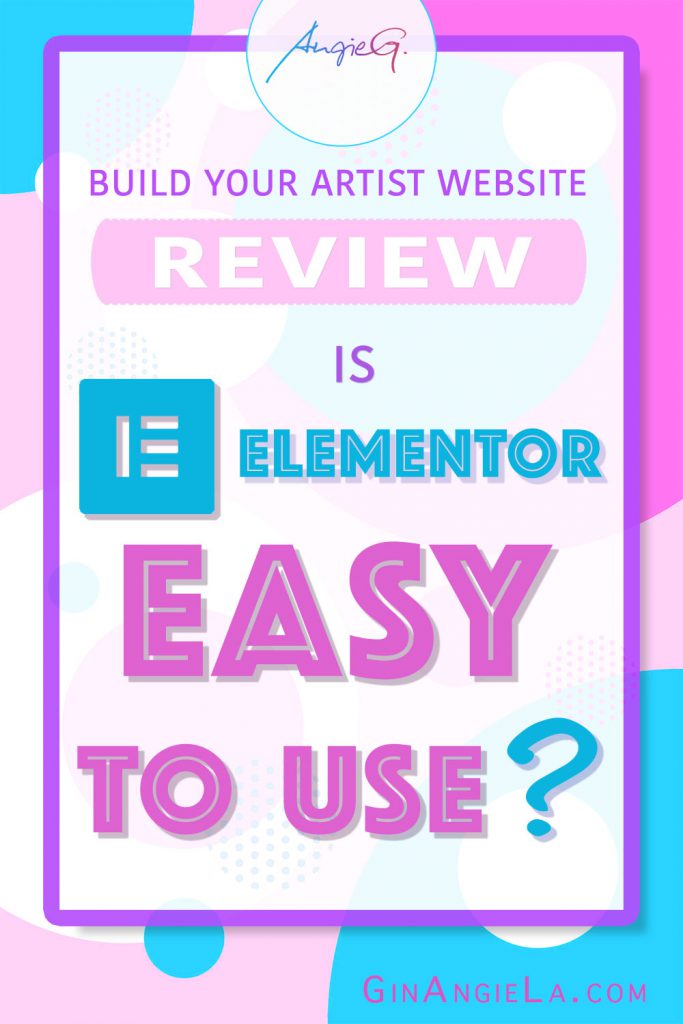
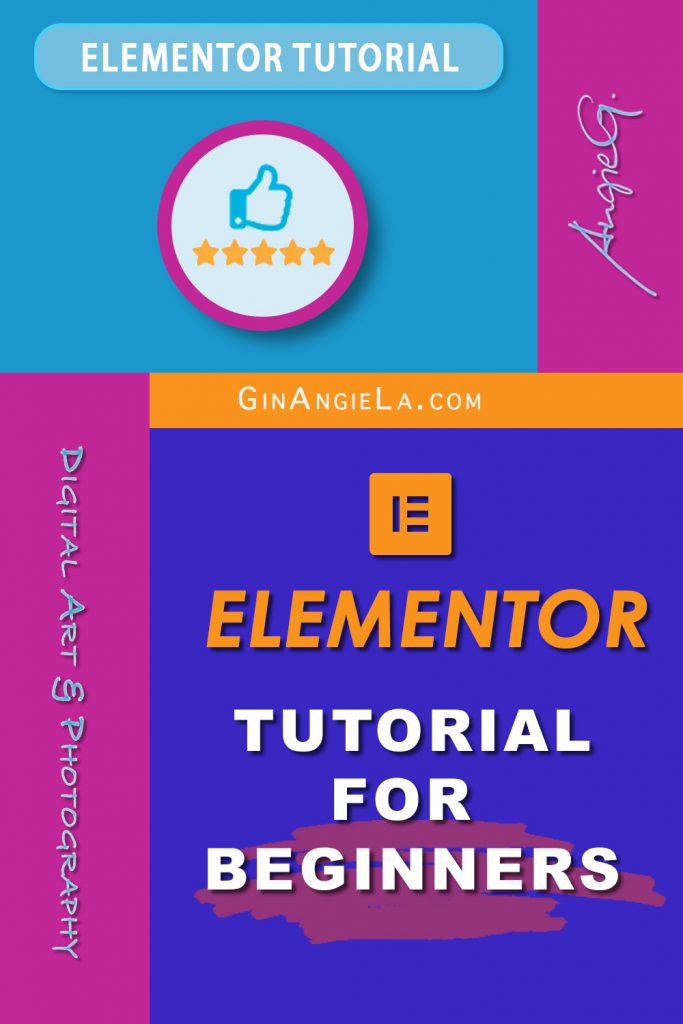
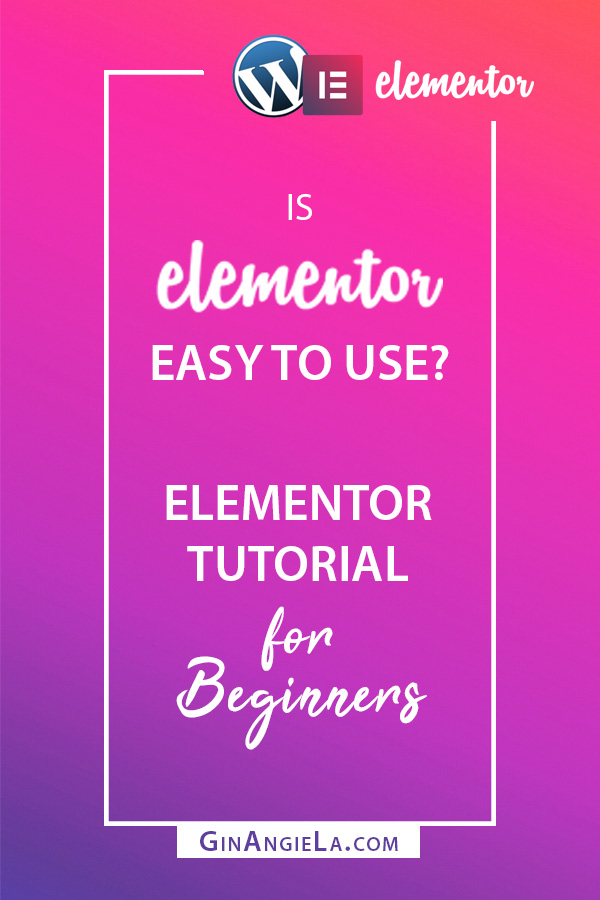


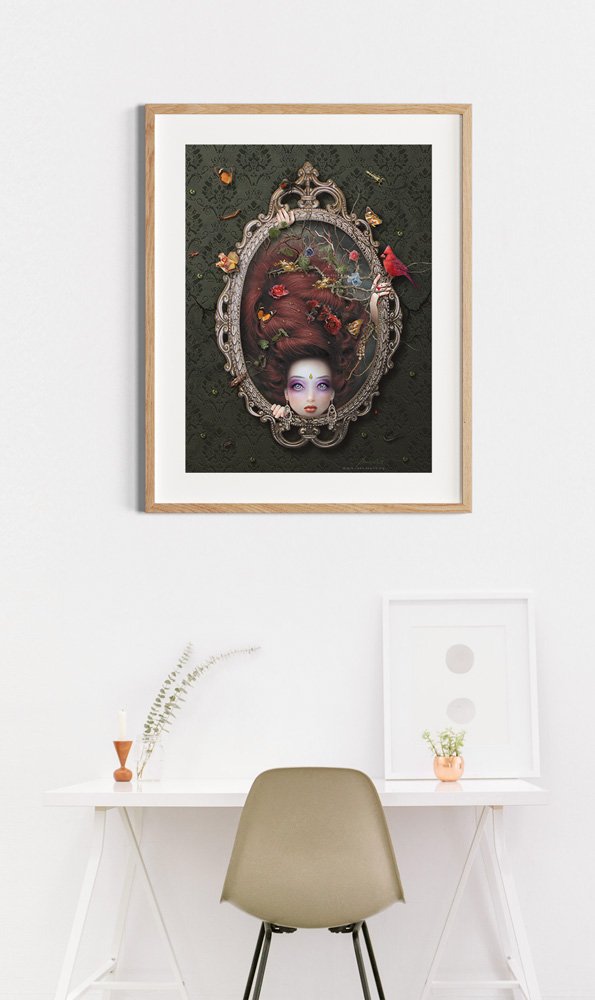

I truly appreciate this post. I have been looking all over for this! Thank goodness I found it on Bing. You’ve made my day! Thanks again
You’re more than welcome, Fornell. Great that you found the post helpful!